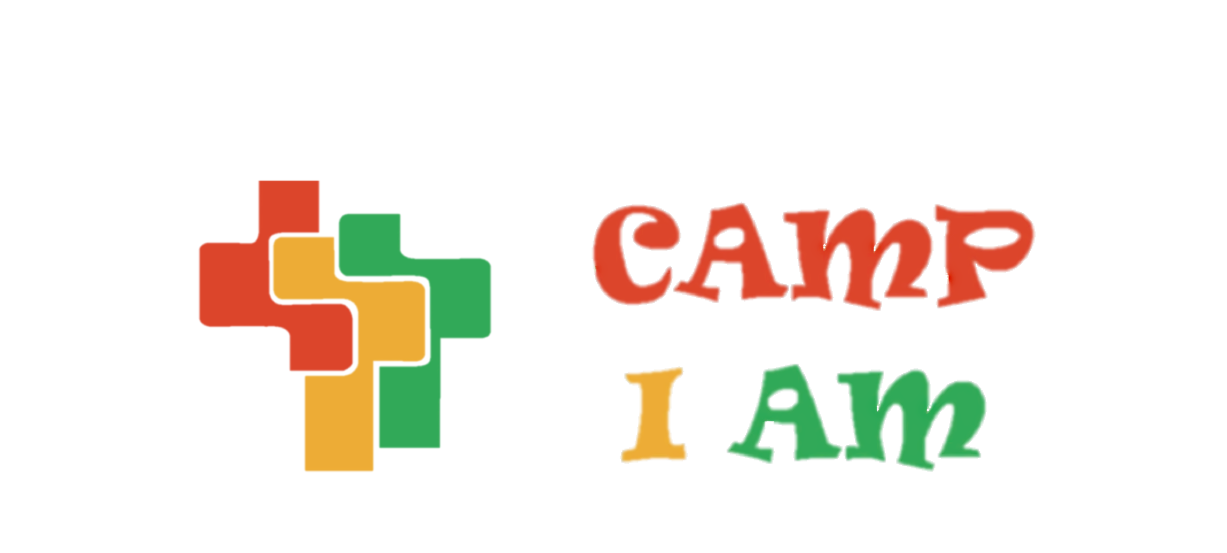Unlocking Reading Success with Phonics

We heard the news: The 2021 Progress in International Reading and Literacy Study (PIRLS), an
international assessment for literacy, shows a reading crisis—81% of Grade 4 learners in South Africa struggle to read and understand in any language. So, what can we do?
Every child
learns to read
in a way that is
unique to them.
There are several ways to teach children how to read, and in the journey of literacy, mastering the art of reading holds the key to knowledge, information, and imagination. Every child learns to read in a way that is unique to them, and for educators and parents alike, it is essential to equip children with effective tools that promote reading skills. Phonics is one of the teaching and learning methods used for reading, emphasizing the connections between sounds and the written letters or letter groups that represent them. In this blog post, we delve into the concept of phonics, its importance in reading development, and valuable tips for teachers and parents.
Phonics is a method
of teaching
and learning to read.
Letters and letter combinations
represent specific
sounds or phonemes
(which are tiny
sounds that
can change
the meaning
of a word).
Understanding Phonics
Phonics is a method of teaching and learning to read. Letters and letter combinations represent specific sounds or phonemes (which are tiny sounds that can change the meaning of a word). Teaching children about sounds is important for their understanding and speaking in a language, and it forms a crucial part of phonics instruction. Specifically, phonics instruction helps children understand and read (decode) words by recognizing the sounds that letters represent and blending them together.
Phonics
lays
the foundation
for children
to be
able to
break
down words,
recognize and
read words
accurately, and
develop
spelling skills.
The Importance of Phonics in Reading
Phonics lays the foundation for children to understand the relationship between letters and sounds, break down words, recognize and read words accurately, develop spelling skills, build vocabulary, improve reading fluency, and enhance reading comprehension.
Linking letters to sounds
Phonics helps children recognize how sounds are represented by letters or letter combinations.
Decoding skills
Phonics enables children to break down words into individual sounds and blend these sounds together. The ability to decode is crucial for reading unfamiliar words, expanding vocabulary, and developing reading fluency.
Word recognition
When children learn phonics, they are better able to tackle unfamiliar words with confidence, enhance their reading comprehension and overall reading skills.
Spelling proficiency
Phonics instruction helps to develop spelling skills. When children understand the relationship between sounds and letters, it makes spelling feel more natural and instinctive, and it improves their ability to spell words correctly.
Comprehension
When children can sound-out and recognize words, they can focus more on understanding the meaning of what they are reading.
Reading fluency
When children are able to recognize and break down words, they are better able to read accurately, fluently, with speed, and understanding.
Vocabulary development
When children can break down and read words using the rules of phonics, it builds their confidence. They may read more, which opens them up to a range of new words, which helps to build their vocabulary.
Reflect on
this saying:
“I hear
and I forget.
I see
and I remember.
I do
and I understand.”
Tips for Teachers and Parents
Systematic approach
Use a clear and organized method when teaching phonics. Start with teaching basic letter sounds, for example: /a/ as in “apple”, /b/ as in “bat”, /c/ as in “cat”, /d/ as in “dog”, and gradually introduce harder or more advanced letter sounds and patterns such as /ai/ as in “rain”, /bl/ as in “blue” and /ch/ as in “chair”.
Multimodal techniques
Incorporate multimodal techniques to engage the child in learning phonics, allowing them to experience it through communication. Multimodal techniques involve using various forms of communication— text, images, audio, video, or interactive elements—to convey information and actively involve the audience. Some examples of multimodal techniques include using visual aids such as alphabet charts and flashcards, engaging in tactile activities such as tracing letters in sand or using magnetic letters, incorporating drama and storytelling, and practicing auditory exercises (which involve listening and paying attention to sounds) such as sound segmentation and blending.
Drama activities
Using drama to teach phonics can help children construct meaning by teaching them how to decode and understand the sounds of letters, and play out words, which in turn helps them read and nderstand written words and texts.
For example, use the children’s game “Stombe Sihle”, which means beautiful picture.
Here’s how to play:
1. Select words
2. Say the phrase Stombe Sihle three times
3. Call out a word
4. Count down 4,3,2,1
5. Say the phrase Stombe Sihle again
6. The child must create a picture (that represents the word) using their body (e.g. facial expressions,
gestures) and freeze (remain motionless).
7. Count 1,2,3,4
8. The child must return to a neutral pose, say the word aloud and write down the sounds they heard.
This activity can be played in groups, where participants freeze or hold a pose to create a visual
representation.
In the Intermediate Phase Life Skills curriculum, this technique is known as a “tableau”, where learners use their bodies to express different situations or emotions.
Auditory activities
Sound sorting: Get a group of objects or picture cards that represent different words. Say the word aloud and have the child identify and say each individual sound they hear. For example, if the word is “apex”; the child would segment it into the sounds /a/ /p/ /e/ x/.
Sound discrimination: Play a game where the child listens to a series of words and identifies whether they
have the same beginning, middle, or ending sound. For example, say the words “coat”, “coach”; and “couch”; and ask the child to identify the word that has a different beginning sound.
Sound matching: Play a matching game where the child listens to a series of words and matches them with picture cards representing the words. They need to listen carefully to identify the sounds in each word and find the corresponding picture.
Sound manipulation: Give the child a word and ask them to change one sound to create a new word. For
example, start with the word “sat” and ask the child to change the /t/ sound to /p/ to make the word “sap”.
Sound dictation: Say a word aloud and have the child write down the individual sounds they hear. For
example, say the word “run” the child would write down the sounds
/r/ /u/ /n/ or the word “climate” /cli/mate/.
Phonics games and activities
Make learning phonics fun and engaging by including interactive games and activities, such as word puzzles, phonics board games, interactive online resources, alphabet puzzles to match letters and their
corresponding sounds, or play the popular children’s game “I Spy” for the child to identify sounds.
Here’s how to play:
1. Select words and write them on cards or large sheets of paper and lay them out.
2. Choose a player to be the “spy”.
3. The spy selects one word and holds it up
4. The spy says, “I spy with my little eye, the word [says the word]”
5. Once the word is said correctly, a new spy is chosen, and the game starts over.
These interactive approaches will not only make learning enjoyable but also reinforce phonics skills in an interactive and memorable way.
Choose books that
are socially and culturally
relevant, with characters
the child can
identify with.
If you do not
have access to books,
get an interesting,
age-appropriate
newspaper article
and ask the
child to read it
aloud and explain
what they read.
Reading aloud
Encourage regular reading aloud sessions to reinforce phonics skills. Choose books with simple, regular words where each letter or letter combination corresponds to a specific sound (for example, in the word ” edit ” the letters ‘e,’ ‘d,’ ‘i” and ‘t) and gradually introduce more complex texts. As the child improves their skills, prompt them to recognize specific sounds or words they have learned, allowing them to apply their phonics knowledge in real-life situations. Also choose books that are socially and culturally relevant, with characters the child can identify with. If you do not have access to books, get an interesting age-appropriate newspaper article and ask the child to read it aloud and explain what they read.
Practice and reinforcement
Make ample opportunities for practice and reinforcement. Use worksheets, word-building activities, and interactive online platforms to reinforce phonics skills. Encourage the child to read on their own, and provide feedback and guidance when needed.
Integration with writing
Integrate phonics instruction with writing activities. Encourage the child to write simple words or sentences using the phonics skills they have learned.
Individualised Instruction
Each child has a different learning style and pace. Tailor instruction to meet their individual needs, and provide additional support or challenge as necessary. Regular assessments can help identify areas for improvement and guide teaching decisions.
Ultimately, phonics is a powerful tool that empowers children to unlock the world of reading.
We’d love to hear from you, so please share your comments and strategies on how you use phonics to teach your child to read. Let’s work together to make a difference in our children’s literacy skills!
6 Comments
-
The Read Aloud paragraph of this site touched a nerve as well as inspired me to approach reading in the classroom as a “Book Club.” My students literally hate school, but love being a part of a club or group that has something in common. Many are “fake readers.” They have heard others speak of a book. They have seen the movie trailer of a book turned into a movie. They have echoed “real readers’ ” comments, which are usually just half based opinion, not educated comments.
I work with high school students, ages 14 to 18 in the U.S. When they are assigned to my classroom they should already be literate, but most of them do not enjoy reading, and most refuse to read out loud. They think that they will say the words incorrectly, I have thought. But over the years I have found that they do not know what MOST of the words mean! I have had to slow down reading activities, to allow them to first look up the meanings of words, as well as guide them to use context clues. It is exhausting, especially when I am trying to get them through a 200+ pages novel. I will stop here since this comment is rapidly becoming a rant!
-
what an amazibg article, I loved reading each sentance, it all makes sense. Looking forward to more information.
-
Mathapelo says:
My grade 3 child is struggling with reading & I tried helping him but he still don’t get it. Can you help ?
-
Our series on reading will provide some tips for parents. You should also ask your child’s teacher what assistance does your child need in order to improve their reading, and what can you do at home to support in-class teaching. For example: is your child having problems recognising sight words, blending sounds, etc.
-
Leave a Reply Cancel reply
This site uses Akismet to reduce spam. Learn how your comment data is processed.


This is so enlightening!